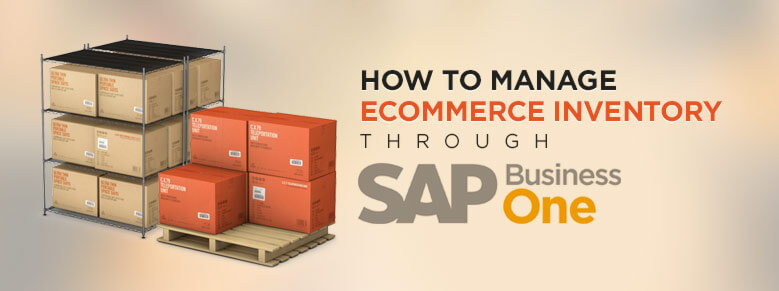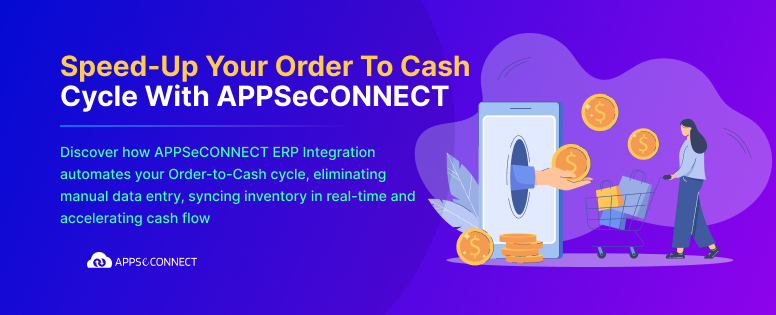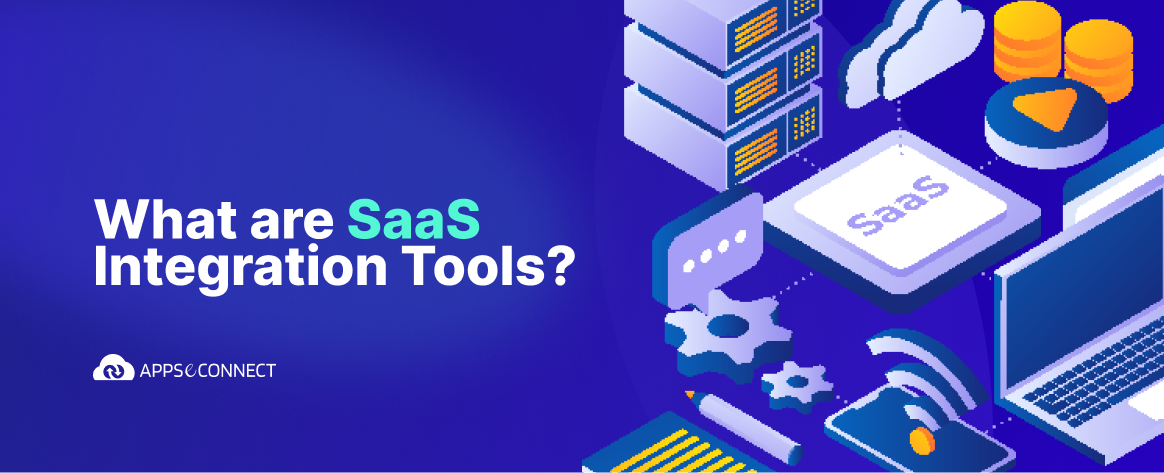
Inventory availability is crucial for eCommerce Business. If a visitor finds his preferred product ‘out of stock’ in your online store, what is the probability that s/he will return to shop from your website after a few days? The answer is, very rarely! The visitor will search the product availability in your competitor’s website and purchase it from there. Several businesses manage the inventory through back end ERPs like SAP Business One. In this blog we are going to discuss how to manage eCommerce product inventory through SAP Business One:
Inventory Representation in eCommerce:
In the eCommerce application, products are created with inventory field added. In this case inventory is a numeric field, which only accepts numbers.
a. If an order is placed against a product, the inventory is decreased.
b. If you have multiple websites under single eCommerce installation, then website-wise stock for the same product can also be maintained.
Inventory Representation in SAP Business One:
SAP Business One being an ERP system, offers inventory updates in a mature manner. Inventories can’t be updated by simply, entering a value in a field and updating it. Rather, it should be done through a defined process:
a. Purchase cycle:
When a purchase operation is conducted with vendors, purchase order is placed and goods are received, SAP B1 product inventory gets updated. This works very well for businesses that are reselling.
b. Production cycle:
For businesses that manufacture products, the inventories increase through the production cycle.
c. Warehouse:
Total inventory is divided among multiple warehouses. Warehouses can be based on city/state/region and order fulfillment for sales cycle can be done from the nearest warehouse.
d. Quantity level:
‘In-stock quantity’ shows the quantity in hand.
‘In-stock committed quantity’ shows Quantity in hand – Quantity committed due to some open sales-orders.
‘In-stock- committed + ordered’ shows Quantity In hand + Quantity in purchase process from some vendor – Quantity committed to some customers against some open sales-orders
How to feed SAP Business One Stocks to eCommerce:
a. Map eCommerce website stock with SAP Business One warehouse
In this way, a particular warehouse or a combination of multiple warehouse-combined stocks, can be fed into a particular website. So for example, if you have two websites, one for Europe and another for USA, you can map the UK warehouse of SAP B1 with European website and North American Warehouse of SAP B1 with USA website.
b. Map stock field of eCommerce with ERP quantity level
Generally, you can enter ‘in stock committed + ordered quantity’ in eCommerce if you want to showcase the total stock, considering the purchase-in-progress from the vendors. Or else, you can show ‘in stock quantity’, which shows the actual stock in hand.
As you can see, integrating the eCommerce application (like Magento) with the ERP application (like SAP) can reduce a lot of confusion and duplicate work while allowing you to get higher sales with near instant update of the inventory levels. APPSeCONNECT has been chosen by a large number of merchants due to the highest number of integration points offered for syncing of the inventory as well as other.




















